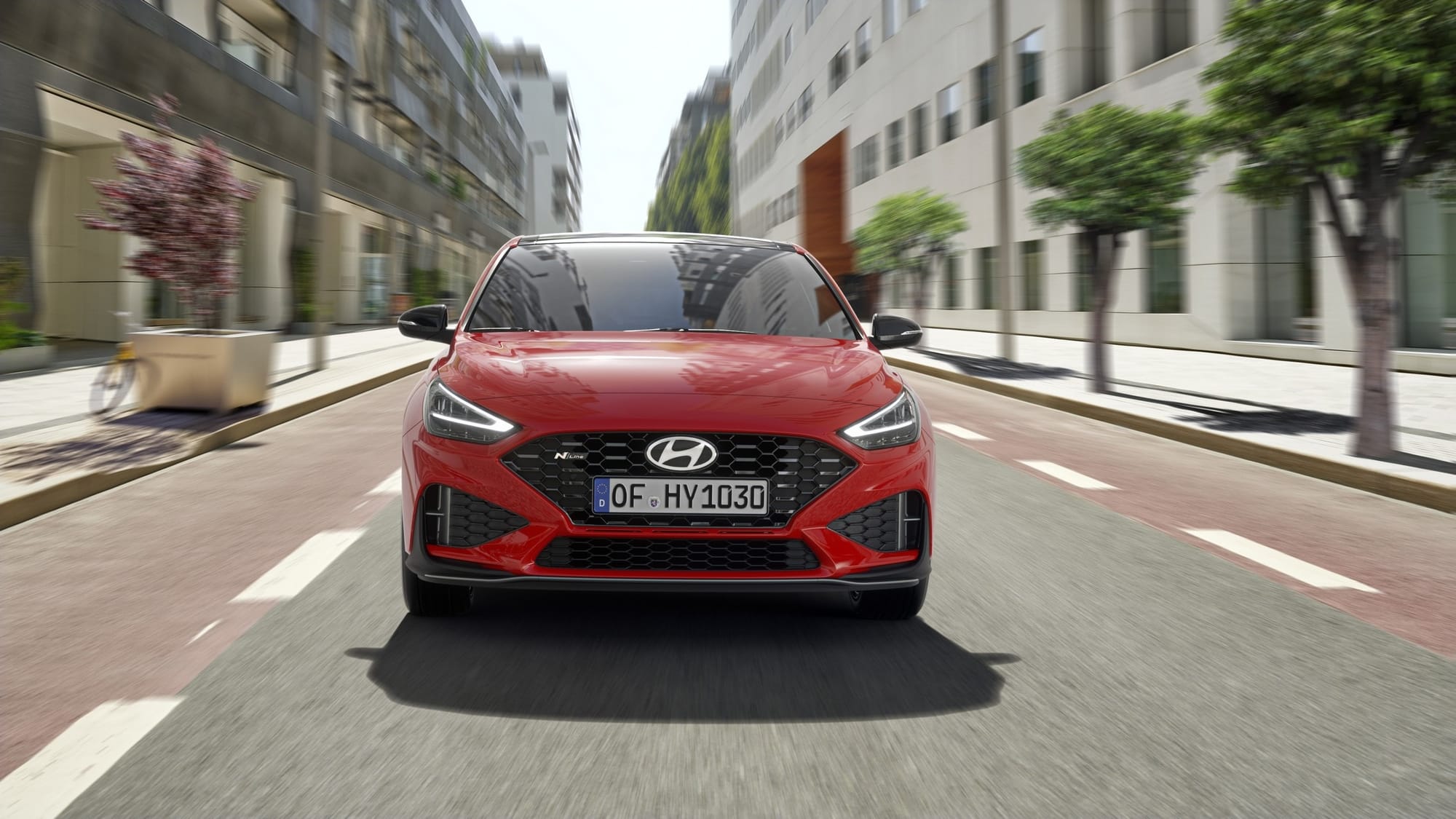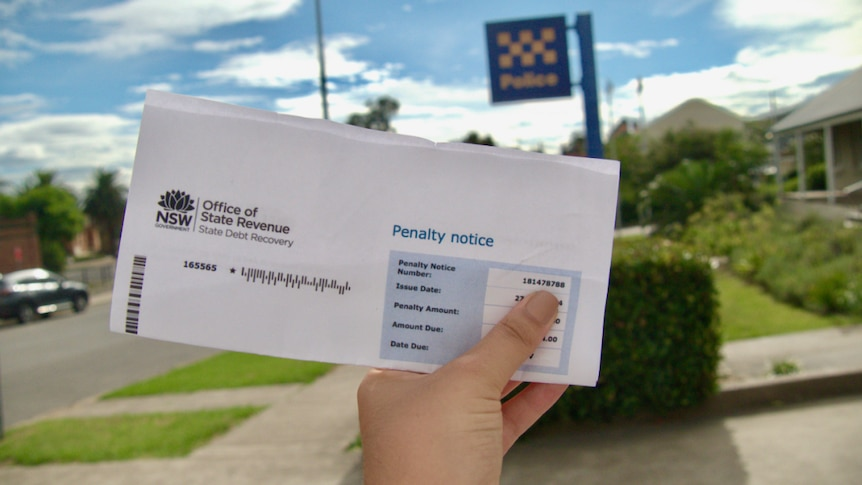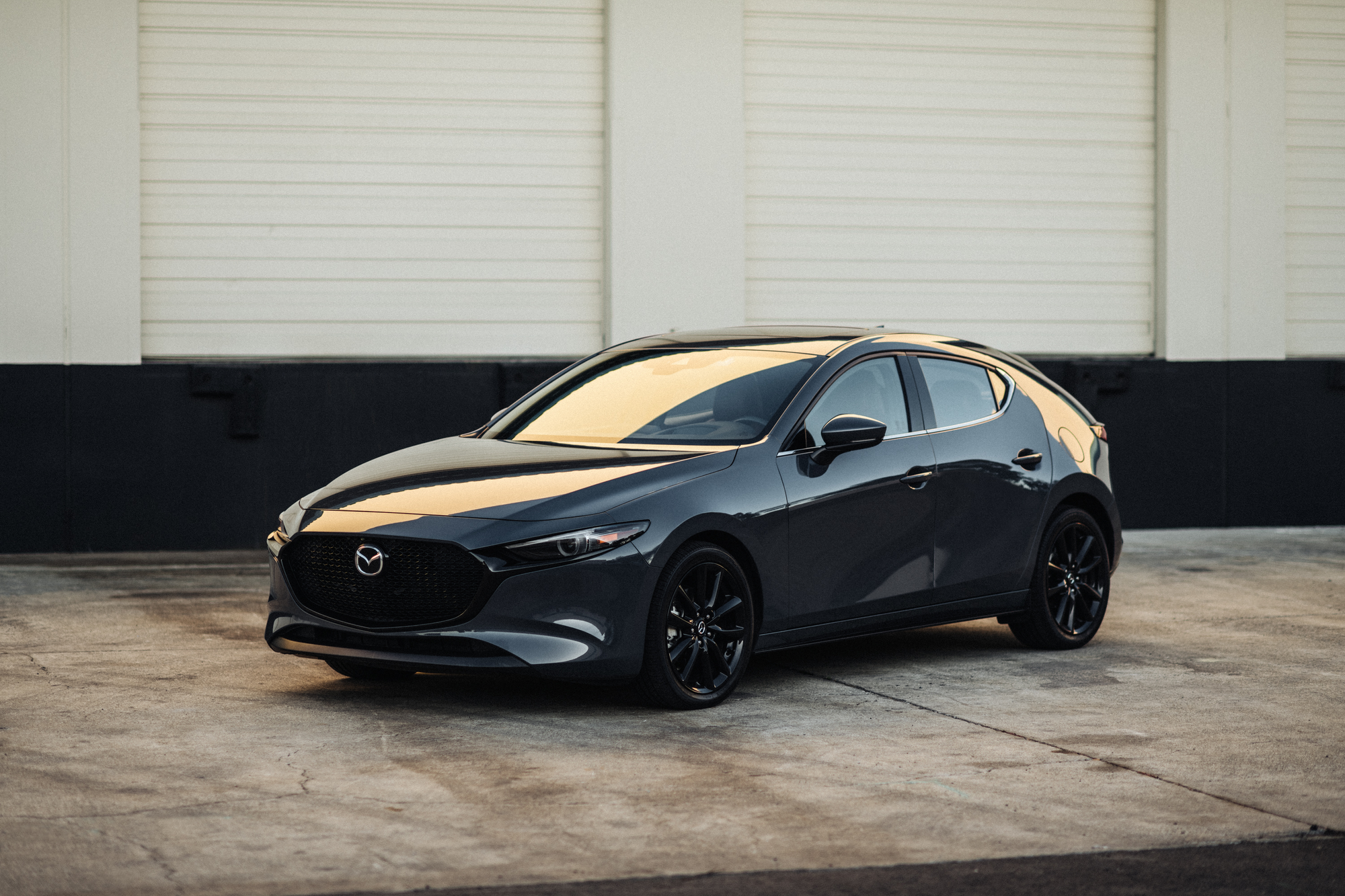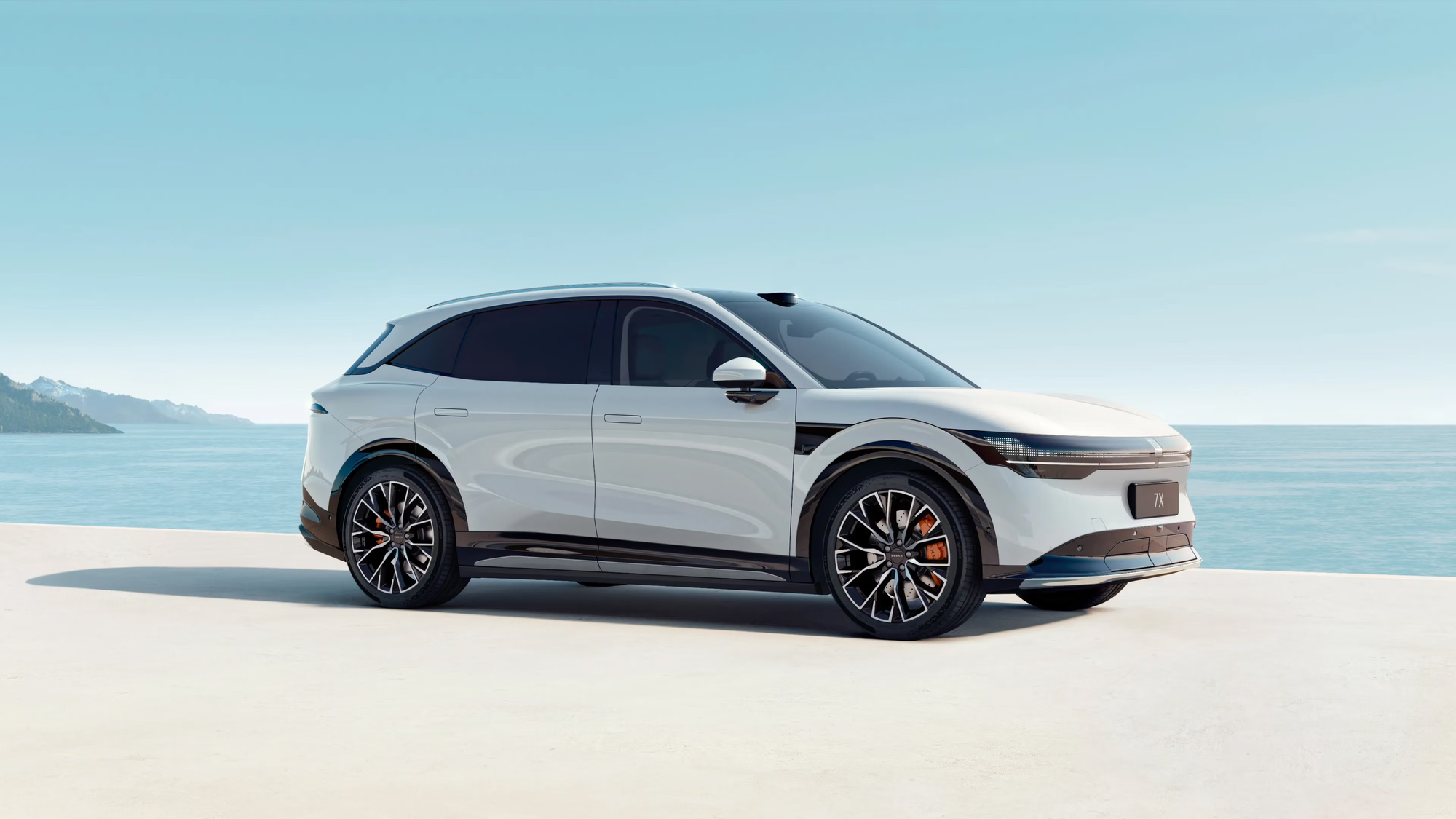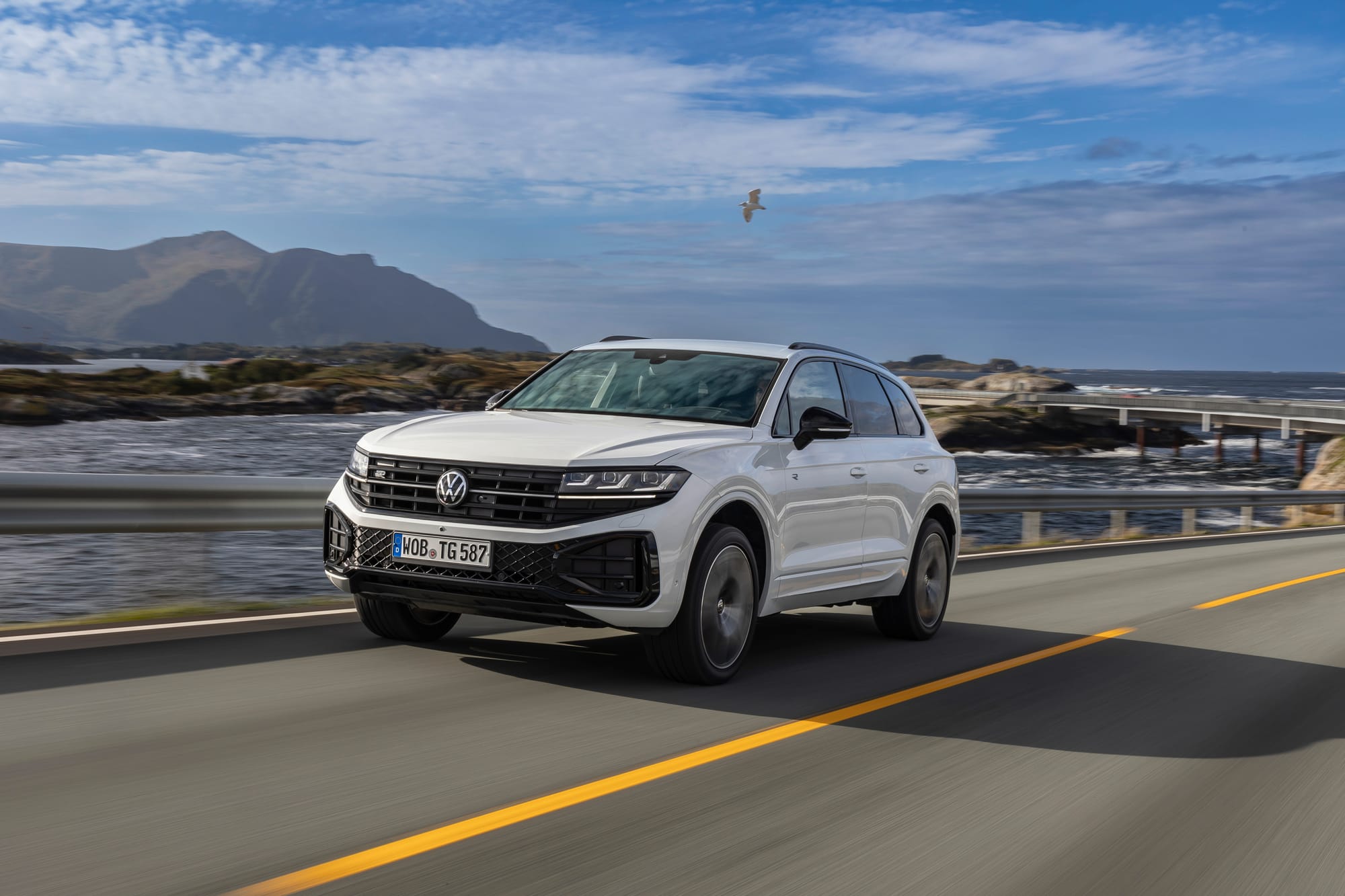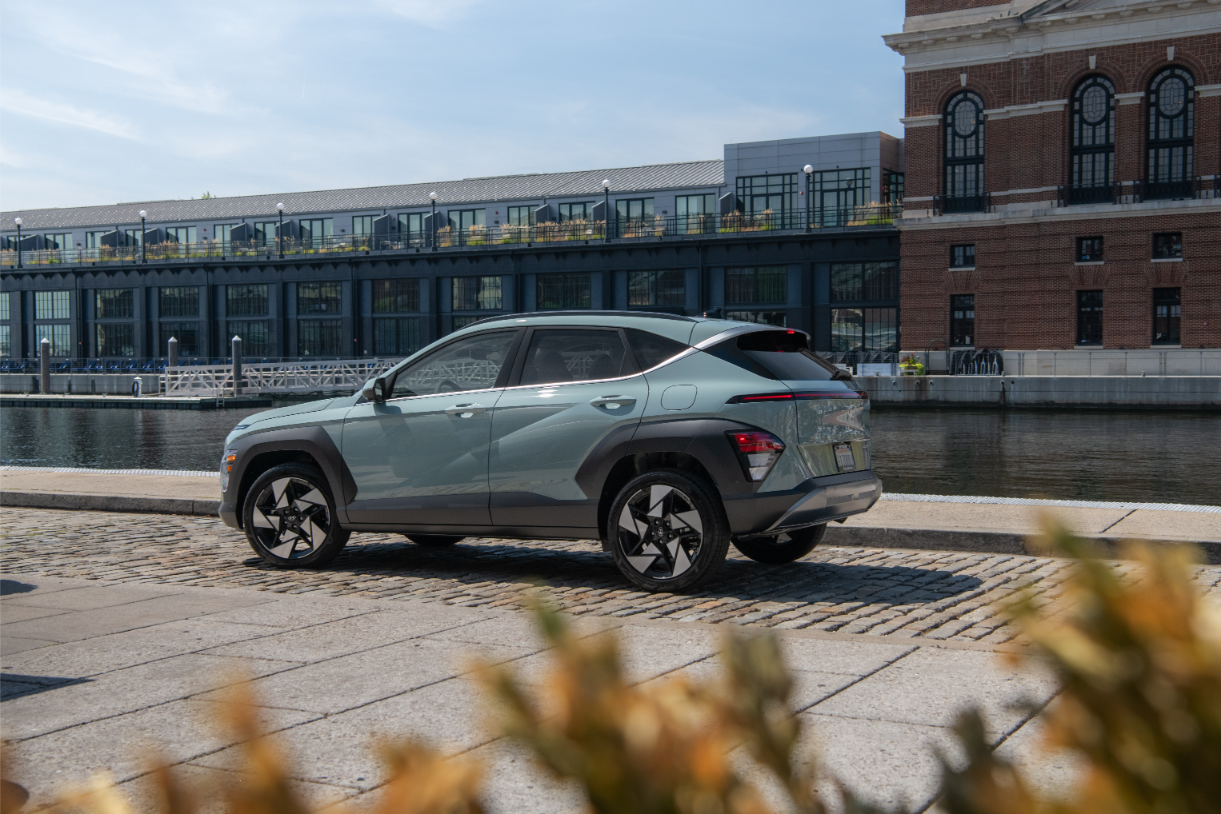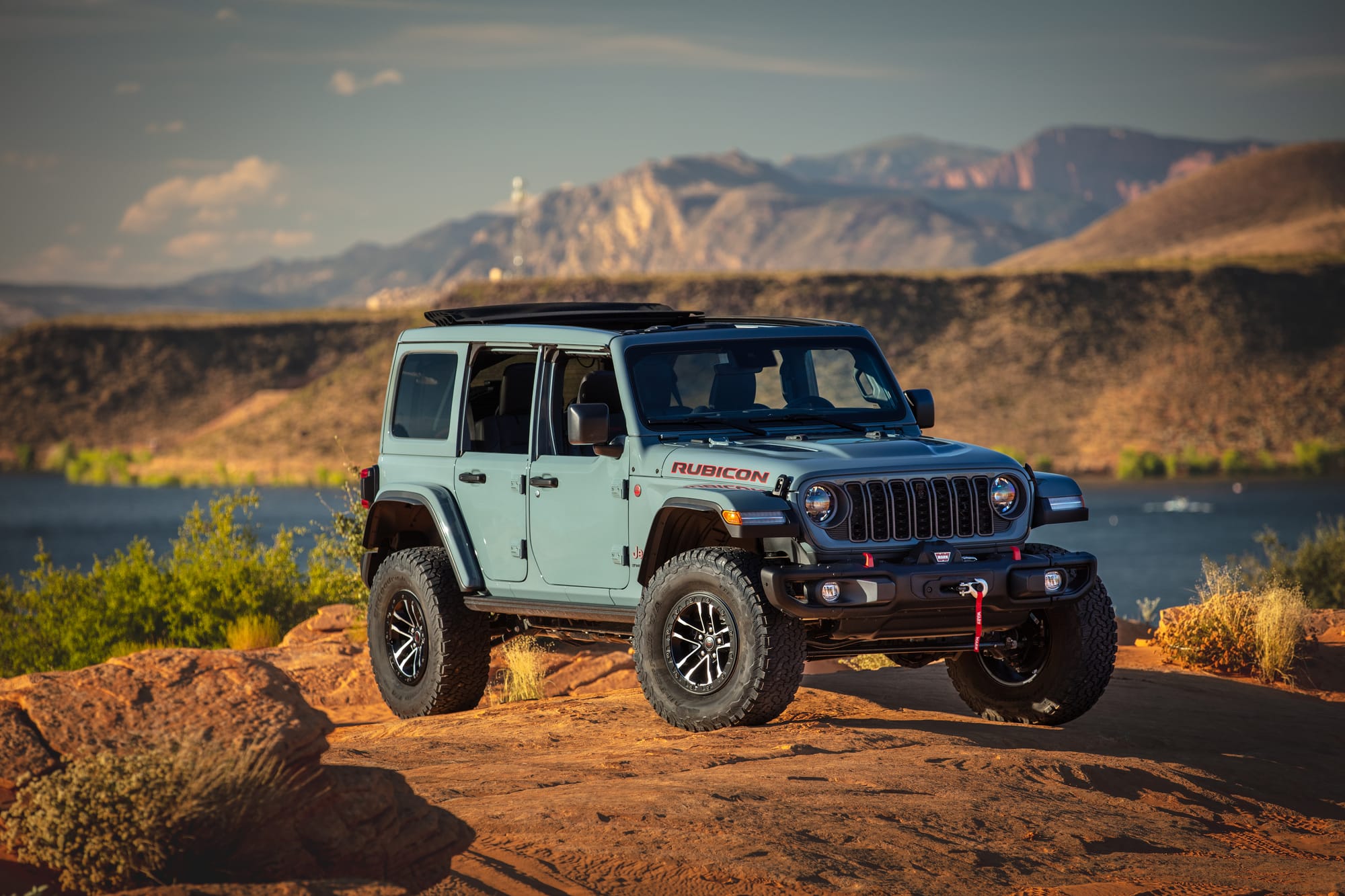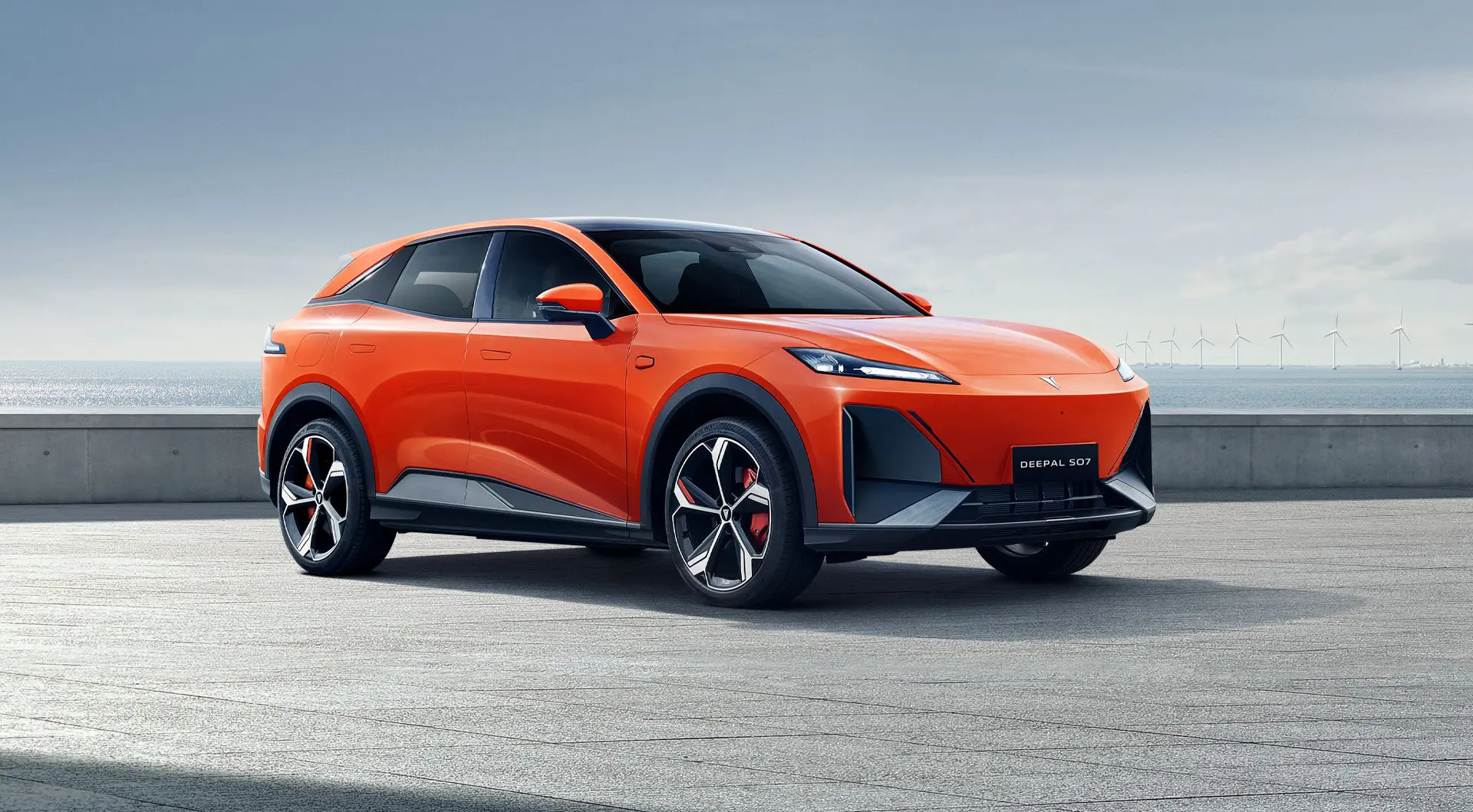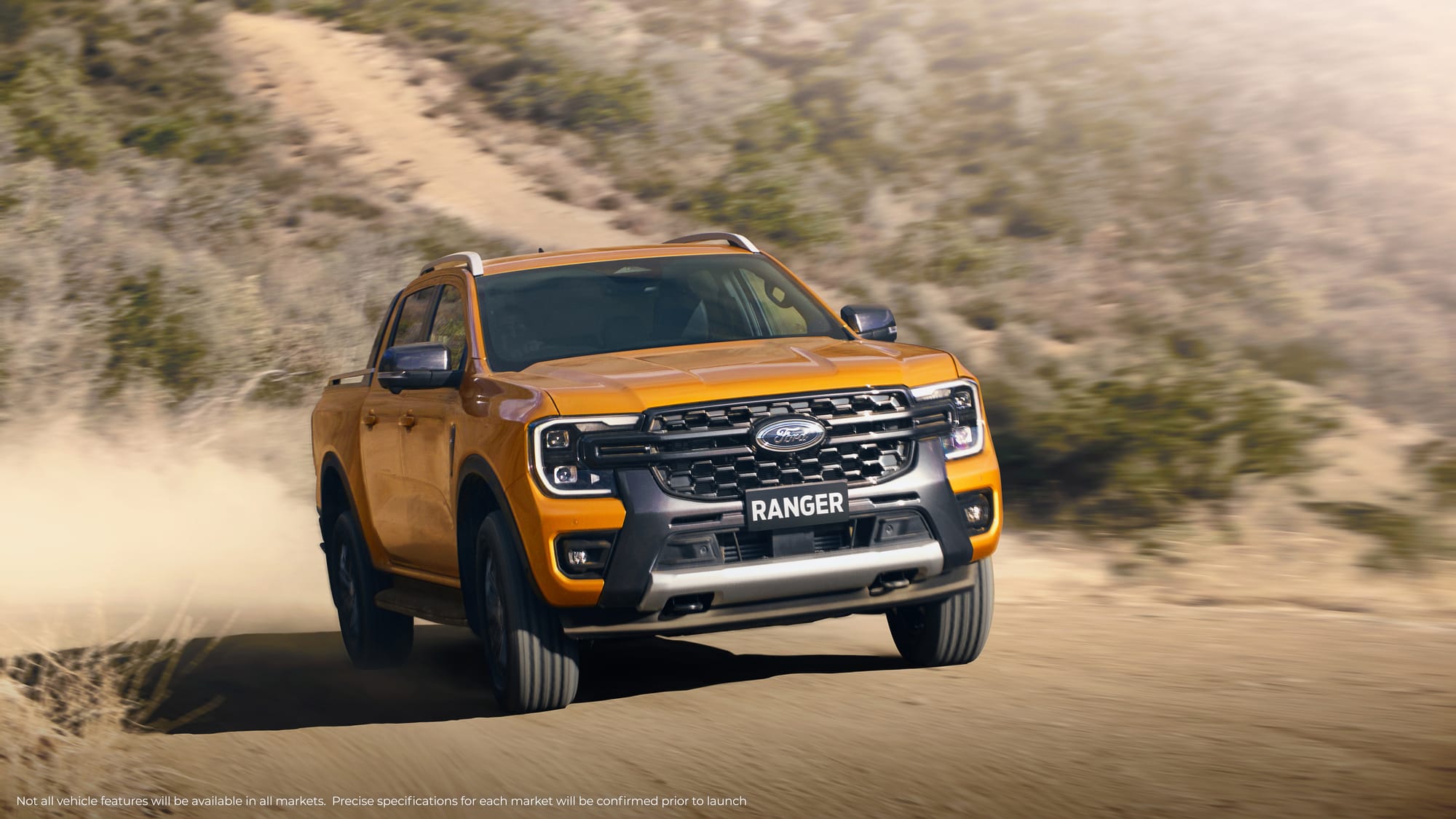Curious about the 2025 Hyundai i30? We've gathered insights from Australia's top automotive experts to provide a detailed look at what this updated hatchback offers. Whether you're considering a purchase or just exploring, this guide covers everything you need to know.
8/10
CarExplore Overall Comparative Score
This score reflects the aggregated ratings from Australia's top automotive experts, providing a comprehensive view of the Hyundai i30's performance and value.
Quick Facts

- Price Range: $36,000 - $41,000 plus on-road costs
- ANCAP Safety Rating: Five stars (tested 2017, expires December 2024)
- Fuel Efficiency (Claimed): 5.6L/100km
- Fuel Efficiency (Tested): 7.0-7.3L/100km
Key Specifications

| Specification | Details |
|---|---|
| Engine | 1.5-litre turbocharged four-cylinder petrol with 48V mild-hybrid |
| Power | 117kW @ 5500rpm |
| Torque | 253Nm @ 1500-3500rpm |
| Transmission | 7-speed dual-clutch automatic |
| Drive Type | Front-wheel drive |
| 0-100km/h | 8.2 seconds (tested) |
| Fuel Consumption (Combined) | 5.6L/100km (claimed) |
| Boot Space | 395L (seats up), 1301L (seats folded) |
Safety Features and Ratings



- Five-star ANCAP rating (tested 2017, expires December 2024)
- Autonomous emergency braking with pedestrian/cyclist detection
- Blind-spot monitoring and rear cross-traffic alert
- Lane-keep assist and lane following assist
- Adaptive cruise control with stop-and-go
- Traffic sign recognition
Performance and Driving Experience

- New 1.5-litre turbo engine offers good around-town performance
- Mild-hybrid system improves efficiency and smooths stop-start operation
- Firm but not uncomfortable suspension tuning
- Excellent handling characteristics
- Some low-speed hesitation from dual-clutch transmission
Expert Insight: "The new i30 N Line turns, stops and rides much like the previous version, but it has lost the straight-line performance sparkle of its predecessor." - Drive.com.au
Fuel Efficiency
- Claimed Combined Consumption: 5.6L/100km
- Real-World Tested Consumption: 7.0-7.3L/100km
- Mild-hybrid system allows for engine-off coasting in Eco mode
Value for Money
- Significant price increase due to new features and import tariffs
- Well-equipped, especially in N Line Premium trim
- Five-year/unlimited-kilometre warranty
- Capped-price servicing available
Pros and Cons
Pros:
- Improved fuel efficiency with mild-hybrid system
- Sporty handling characteristics
- Well-equipped with modern safety features
- Practical boot space
Cons:
- Significant price increase over previous model
- Less powerful than outgoing 1.6-litre turbo engine
- Aging interior design compared to newer rivals
- No spare tire (replaced by repair kit)
Comparison with Key Competitors
| Feature | Hyundai i30 N Line | Volkswagen Golf | Toyota Corolla | Mazda 3 |
|---|---|---|---|---|
| Starting Price | $36,000 | $42,290 (R-Line) | $39,100 (ZR Hybrid) | $42,470 (G25 Astina) |
| Power | 117kW | 110kW | 103kW (combined) | 139kW |
| Fuel Efficiency (Claimed) | 5.6L/100km | 5.8L/100km | 4.0L/100km | 6.6L/100km |
| Boot Space | 395L | 374L | 217L | 295L |
Expert Review Summaries
CarExpert
Rating: 8.4/10
- Pros:
- Improved fuel efficiency
- Sporty handling
- Well-equipped
- Cons:
- Significant price increase
- Less powerful than previous model
Summary: "The 2025 update for the i30 Hatch is a needed one, and for the most part it's been worth the effort. Its updated looks on the outside are a nice change, as it's now sleeker with more aggressive lines." Read the full review
Drive.com.au
Rating: 7.5/10
- Pros:
- Improved fuel efficiency
- Fun-to-drive character
- Practical boot space
- Cons:
- Higher price point
- Less powerful engine
- Aging interior design
Summary: "To write off the updated i30 N Line as simply a slower and more expensive version of its predecessor would do it a disservice, because Hyundai's venerable hatchback remains a well-rounded, likeable and fun-to-drive small car." Read the full review
CarExplore's Take on the 2025 Hyundai i30

The 2025 Hyundai i30 update brings a mix of improvements and compromises. While the new mild-hybrid powertrain offers better fuel efficiency, it comes at the cost of outright performance compared to the previous model. The significant price increase may be a hurdle for some buyers, but it's offset by a generous list of standard features and safety equipment.The i30 continues to impress with its handling characteristics and practical interior, making it a solid choice for those who enjoy a sporty driving experience in their daily commute. However, the aging interior design and lack of a spare tire are notable drawbacks.
Ideal For: Buyers seeking a well-equipped, fun-to-drive hatchback with good fuel economy who don't mind paying a premium for the latest features.
Consider Alternatives If: You're looking for maximum performance in this price range or need the absolute latest in interior design and technology.In conclusion, the 2025 Hyundai i30 remains a competitive option in the small car segment, balancing practicality with driving enjoyment. However, its value proposition has shifted with the price increase, making it crucial for potential buyers to carefully consider their priorities and compare with other options in this price range.
Frequently Asked Questions
How does the new 1.5-litre engine compare to the previous 1.6-litre turbo in terms of performance?
The new engine is less powerful (117kW vs 150kW) but offers improved fuel efficiency thanks to its mild-hybrid system.
Is the i30 still good value considering the price increase?
While more expensive, the i30 now comes with more standard features and improved efficiency. Value depends on individual priorities and budget.
Does the i30 still have a spare tire?
No, the spare tire has been replaced with a tire repair kit to accommodate the mild-hybrid system's battery.



